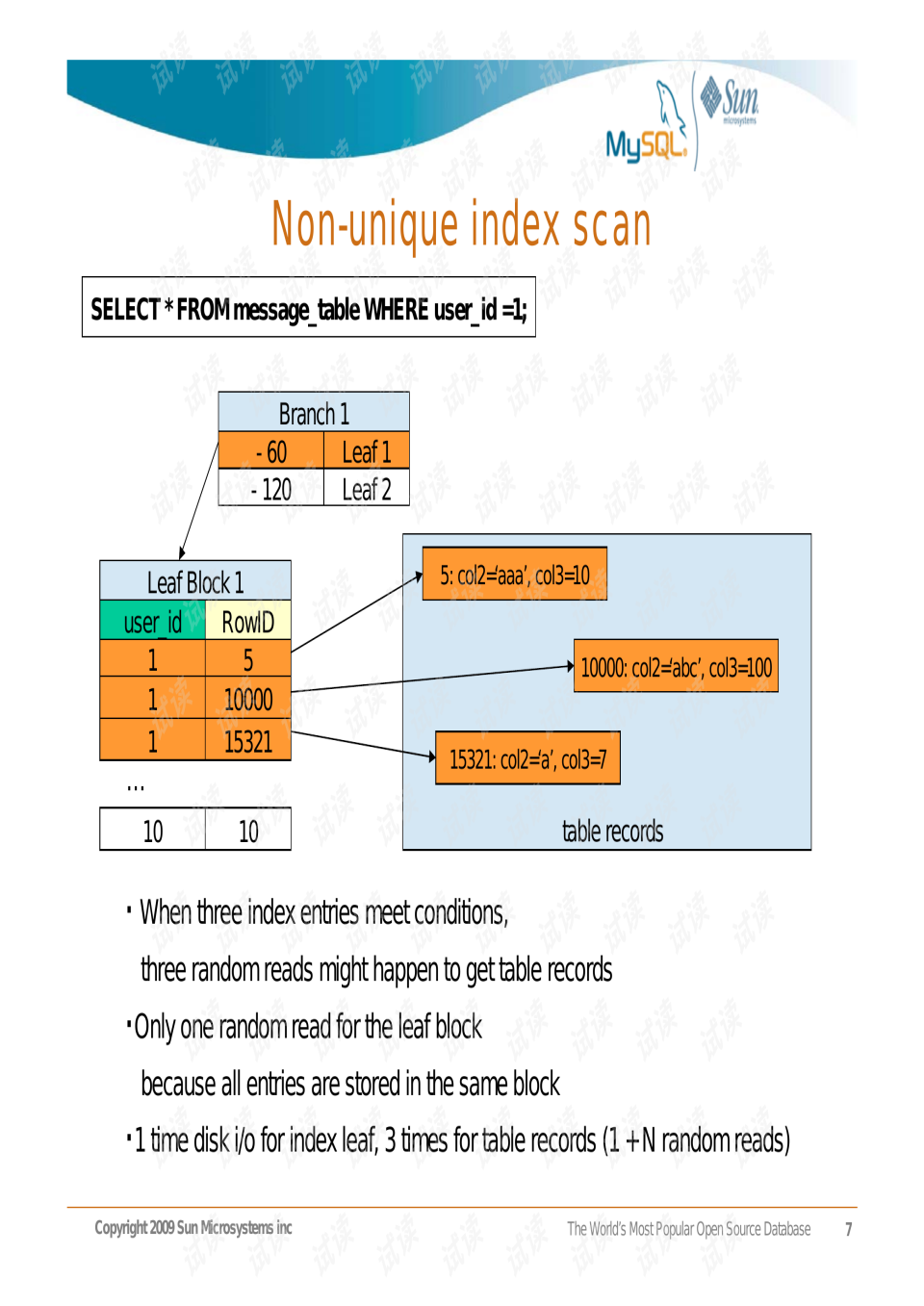Title: Mastering the Art of Cleaning Nickel Guitar Hardware: A Comprehensive Guide
Cleaning nickel guitar hardware is a crucial step in maintaining the longevity and sound quality of your instrument. The metal alloy can accumulate tarnish, grime, and fingerprints over time, which can affect the overall appearance and playability of your guitar. To properly clean nickel-plated hardware, it's essential to use the right tools and techniques. A soft-bristled brush, a microfiber cloth, and a specialized cleaner are recommended for this task. It's important to avoid using abrasive materials such as steel wool or sandpaper, as they can scratch the metal surface. Additionally, it's crucial to protect the electronics on your guitar by avoiding contact with cleaning solutions that contain alcohol or other chemicals. By following these guidelines, you can effectively clean and preserve the beauty of your nickel guitar hardware, ensuring a smooth and enjoyable playing experience for years to come.
In the world of music, few things are as essential to the craft as instruments. Among these, guitars hold a special place, not only because of their versatility and expressive potential but also because of the intricate design and craftsmanship that goes into creating them. At the heart of every guitar lies its hardware - the screws, nuts, buttons, bridges, and other small yet vital components that hold everything in place and allow the musician to create beautiful music. However, just like any other instrument part, these nickel hardware components can accumulate dirt, grime, and corrosion over time, affecting their functionality and even their appearance. Therefore, it is crucial to know how to clean nickel guitar hardware properly. In this article, we will explore the various methods and tools needed for maintaining the longevity and beauty of your nickel guitar hardware.

Part 1: Understanding Nickel Hardware
Nickel is a highly durable metal that is resistant to corrosion and rust. However, it is not completely immune to damage. Over time, exposure to humidity, dust, oils from fingers or strings, and other factors can cause nickel hardware to tarnish or discolor. Moreover, nickel is soft and can be easily bent or scratched if subjected to extreme temperatures or pressure. Therefore, it is essential to handle nickel hardware with care and to clean it regularly to maintain its integrity.
Part 2: Choosing the Right Tools
To effectively clean nickel guitar hardware, you'll need the right tools. Here are some essential items:
A soft-bristled brush: This will help remove any dirt or debris from the surface of the hardware without causing any damage. A toothbrush or a small paintbrush can work well for this purpose.
A microfiber cloth: Microfiber cloths are excellent for cleaning because they are absorbent and gentle on delicate surfaces. They are also reusable and can be washed and used again and again.

A solution of warm water and mild detergent: You can use this solution to gently wash the hardware. Be sure to avoid using hot water or harsh chemicals that can strip the finish off the nickel or damage the hardware.
A clean jar or container: This will be used to store the cleaned hardware until you're ready to reassemble it.
Part 3: Washing Nickel Hardware
The first step in cleaning nickel guitar hardware is to remove any visible dirt or debris. Use a soft-bristled brush to gently scrub the hardware with the soapy solution, being careful not to scratch or bend any parts. If there are stubborn stains or grime that won't come off using the soapy solution, you can try soaking the hardware in the solution for a few minutes before scrubbing again. Once you've cleaned all the visible dirt, rinse the hardware thoroughly with clean water to remove any remaining soap residue. Rinse it again with plain water to ensure that all the soap is removed.
Part 4: Drying Nickel Hardware
After washing, dry the nickel hardware thoroughly with a clean microfiber cloth. Be sure to pay special attention to any areas where water may have accumulated, such as around screws or bolts. It's also important to avoid using a towel or paper towel, which can leave behind streaks or scratches on the nickel surface. Instead, use two or three layers of microfiber cloth until all moisture is completely absorbed. If you're using a clean jar or container to store your cleaned hardware, be sure to open one of the air holes to allow any remaining moisture to evaporate.

Part 5: Polishing Nickel Hardware
Once your nickel hardware is fully dry, you may want to give it an extra shine by polishing it with a soft-bristled brush dipped in polish cream or oil. Apply the polish in a circular motion, paying special attention to any areas that might be more prone to tarnishing or discoloration. Be sure not to apply too much pressure or rub too hard, as this can damage the nickel surface. After applying the polish, rinse off any excess with clean water and dry again with a clean microfiber cloth.
Part 6: Reassembling Your Guitar
Once your nickel hardware has been cleaned and polished, it's time to reassemble your guitar. Start by tightening all screws and nuts back up using a wrench or a screwdriver. Then replace any broken or missing parts and test your guitar to make sure everything is working properly. Remember to handle your instrument with care when reassembling it, as nickel hardware is susceptible to scratches and dents.
In conclusion, cleaning nickel guitar hardware is an essential part of maintaining your instrument's beauty and functionality. By following these simple steps and using the right tools and products
Articles related to the knowledge points of this article:
Title: J.A.C.Kroyd Ace Hardware: A Comprehensive Guide to Quality and Service
Title: Ace Hardware Northport Drive: A Comprehensive Guide to Quality Home Improvement Solutions
Ace Hardware Lihue Hours: The Pioneering Spirit of Innovation and Efficiency
Title: The Power of Positive Thinking
Ummunzaan Hardware: The Leading Provider of Quality Computer Hardware in the UAE



